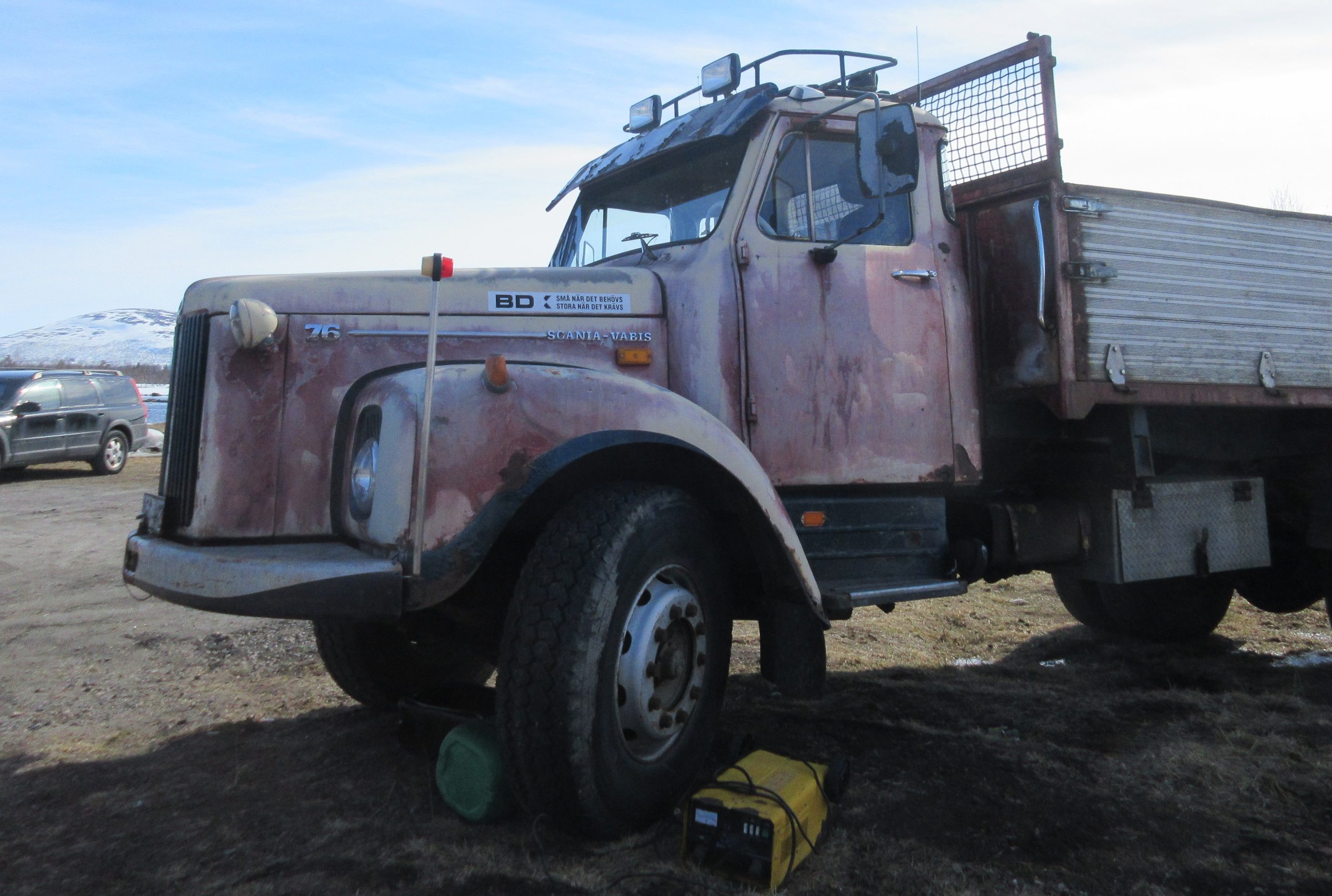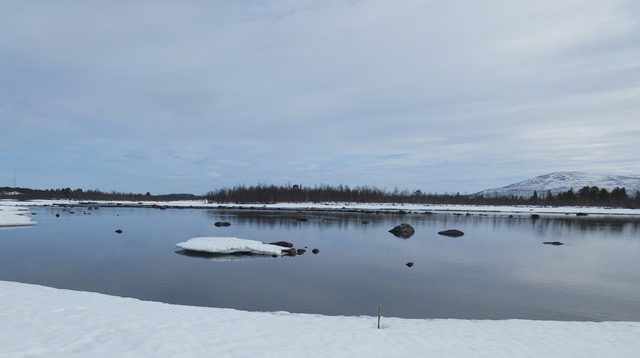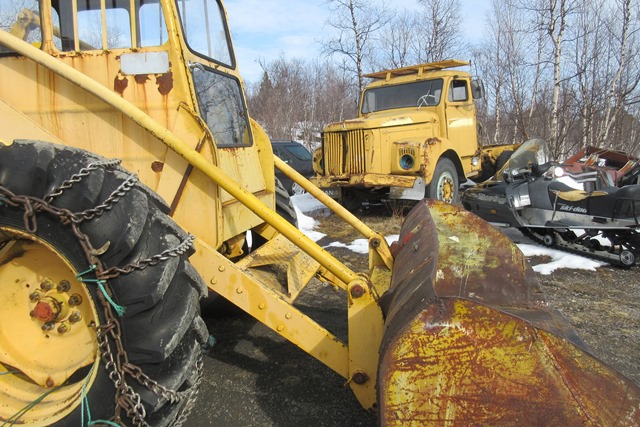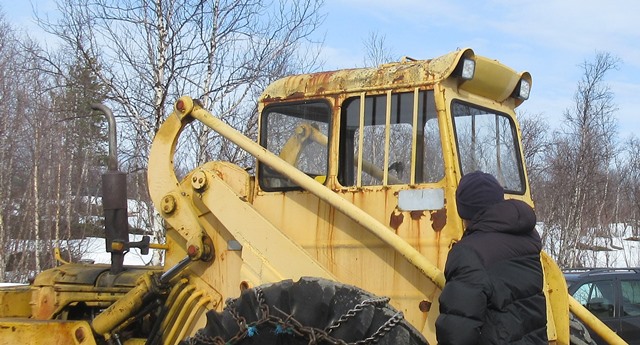You know that spring has sprung when machinery begins to emerge from under the snow – garish red and yellow and blue carcasses, huge wheeled tractors, and souped-up American classic cars. Everywhere, it seems. In your neighbours front yard, and back yard. Along the street, in car parks, nestled behind old buildings, in long-forgotten corners of town. You can come across every kind of agricultural or industrial vehicle from the 1950s onwards, kept alive by people who just can’t bear to waste a good machine. The trucks are ugly but have a characterful charm, their hefty features looming mournfully over the sodden ground, waiting for someone to bring them back to life. It’s not a pretty sight.

You can never be sure where this spring growth will appear. On a road weaving through the melting landscape you might see a splodge of red among the white where one of these giants have been asleep over the winter. It’s not what you are hoping to see, but it’s what you usually do see.

There’s one place we know to expect them – a small car park right by the river, far out of Kiruna town. We like to bring our chairs and a thermos here to sit in the silence, and watch wheeling terns, flitting tits, and spluttering ducks. The view is idyllic, of river and mountains and birds, and to enjoy this we sit in what feels like a graveyard of petrol-stinking old vehicles, their innards spread out around, cables and batteries and ropes lying among the melting snow. It’s hard to put these things together, the serene, melting landscape and the hard, rusting, sullen machinery. But, that’s Kiruna. If you want your landscape with a cherry on the top, this isn’t the place.

There’s a short period of skiing along the water’s edge, as far as the soft spring snow allows, followed by some quiet sitting, staring at the sky and river, listening to the sound of nothing much.
After a while we get up to return to our car which is wedged behind one of the colourful leviathans behind us.
As we walk past a bright yellow tractor we notice a movement, a fluttering behind the window of the driving seat. It’s a trapped lapwing. We can’t work out how it got in – the windows and door are all shut, and there’s no-one but us around. How long has the poor thing been trapped there? It’s the saddest thing to see.

Rolf reaches to try the handle of the driver’s door and to our great relief it opens and we prop it as wide as we can. It takes a while for the bird to find its route to freedom, but in a couple of minutes it’s flying away, high over the water.
We might not have been there, or we might not have seen it. The randomness of our intervention makes it feel even more of a pleasure for us to see it fly up into the air, freed from the monster that had swallowed it. Yes, spring had sprung.

